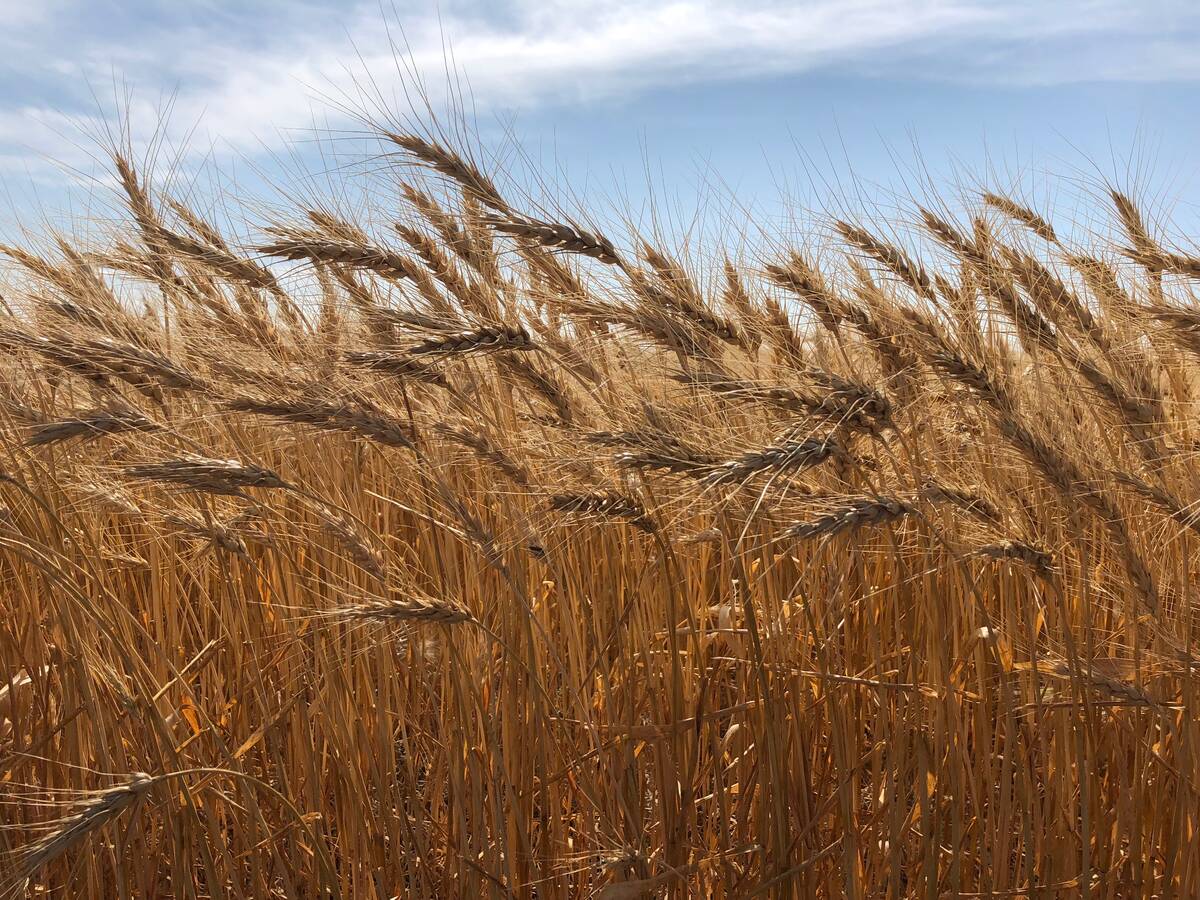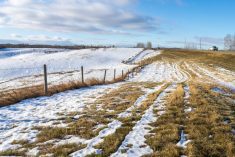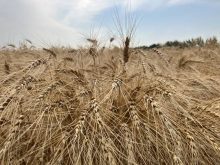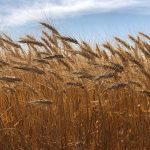MarketsFarm — Most of the Canadian Prairies were already blanked in snow by late November, with the deepest snowpack in Alberta and Saskatchewan, according to data compiled by Environment Canada and the U.S. National Oceanic and Atmospheric Administration (NOAA).
Aside from the Rocky Mountains and some areas around the Great Lakes, the U.S. was largely still snow-free heading into that country’s Thanksgiving holiday.
Meanwhile, nearly all of Canada is already blanketed with snow and preparing for Christmas, aside from some areas in the Maritimes. Satellite imagery shows a line running right below the Canada/U.S. border, with snow to the north and bare fields to the south.
Read Also

Australia raises wheat harvest estimate by nearly two million tonnes
Australia’s ABARES raised its forecast for national wheat production this season by around 1.8 million tonnes to 35.6 million tonnes, cementing expectations for a bumper harvest that will add to abundant global supply and pressure prices.
Manitoba has the lightest snowpack of the Prairie provinces, with only one to four centimetres across most agricultural areas, according to satellite data. The southeastern corner of Saskatchewan has similar conditions to Manitoba, while the rest of the province reported snow levels in 10 to 19 cm range.
For Alberta, the snow depth ranges anywhere from two to 22 cm across agricultural areas.
Eastern Canada was seeing a major snowfall Monday, with southern Ontario seeing as much as 20 cm of snow. The storm was tracking through Quebec and into Labrador, with the forecast calling for as much as 75 cm at Happy Valley-Goose Bay.















